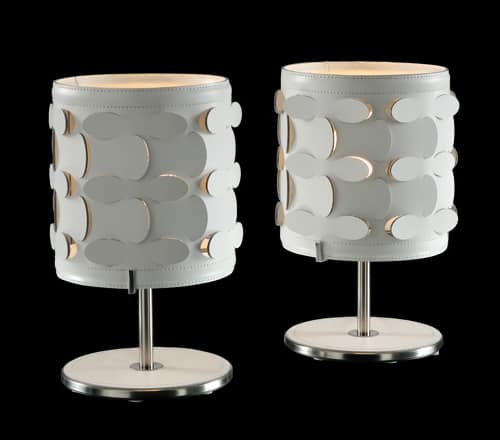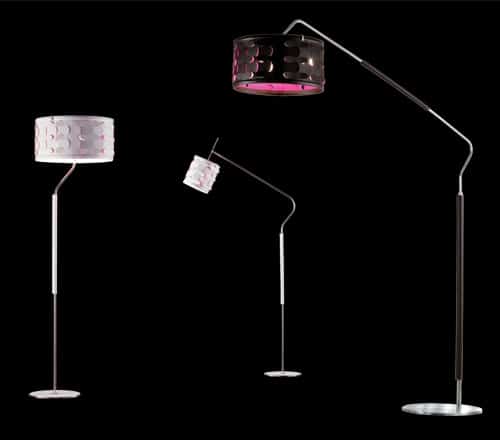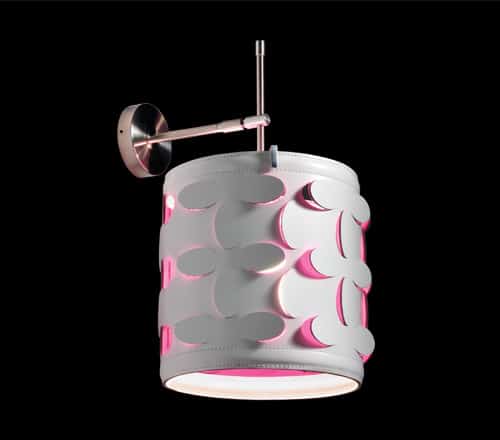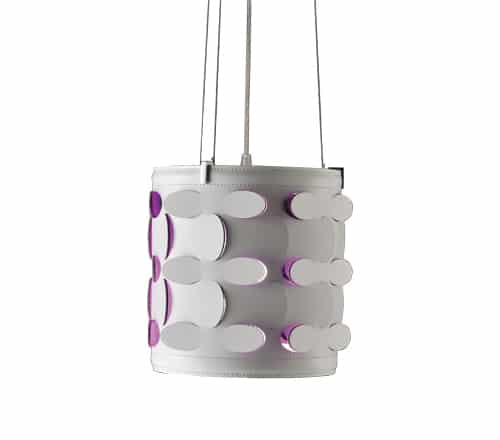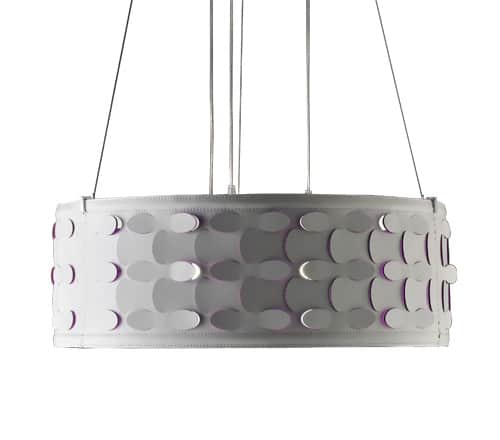The rapid-prototyping juggernaut Freedom of Creation is out with what it calls "the most ecological way to create products": sawdust.
Used to be, if you wanted to make a detailed shape out of wood -- for a nice little fruit bowl, say -- you had to carve it by hand using a big chunk of timber, which is a.) time-consuming b.) expensive and c.) bad for the environment. (Think of all the scraps you end up with.) Now, you can just pull it out of a printer.
The Dutch rapid-prototyping outfit
Freedom of Creation (FOC)
announced today that it has added wood -- one of the planet’s most abundant natural resources -- to its suite of 3-D printing materials. Mind you, this isn’t wood resembling anything you might buy at Home Depot. It’s sawdust that, when mixed with a “binder” (basically glue), forms something approximating the look of real wood and the strength of MDF. FOC calls it their “Tree-D printer.” Cute.
The big selling point here is that it's gentler on Mother Nature than the materials rapid prototyping typically resorts to, like plastics and metals. Sawdust is, after all, a waste product. For the fruit basket shown here, FOC sourced sawdust from local wood workshops that would’ve tossed the stuff otherwise. As FOC’s Brian Garrett tells Co.Design: “It was a good deal since this way they also got their workshops cleaned for free.”
There are limitations. Though the products do look "woody," they don't quite replicate the original wood, owing to discoloration that results when the binder hardens. What's more, FOC can only print in teak and mahogany. Garrett explains: "Balsa and other light wood types have not been possible yet, because they are so light that spreading equal layers is still a problem. We are currently working on improving this with using different types of re-coaters."
Still it's a promising development in the field of 3-D printing, which bills itself as a paragon of sustainability but,
as industry insiders tell it, hasn't always lived up to the hype. FOC seems particularly excited about the formal and aesthetic possibilities "Tree-D" printing affords designers. “There is no wood carver on earth who could possibly make such complex things and especially with this kind of fine detail,” Garrett says. Well, that might be a
slight exaggeration.
http://www.fastcodesign.com/1663532/3-d-print-insanely-complex-and-eco-friendly-designs-out-of-wood Here you can see a comparison between a gray Laser Sintered Macedonia tray to a teak tray. The accuracy, which we have been able to create is quite astonishing with a very modest budget.

The strength of the objects is very similar to
MDF, but naturally the complexity of the geometries we are able to produce is on a totally different level than compared to simple pressed wood. The process still takes about twice as much time compared to Selective Laser Sintering.
The digital 3D computer file we use to manufacture the
Macedonia Fruit Tray.

The 3D printing process of the Macedonia tray in wood, picture shows the base material, sawdust and a finished layer of the Macedonia tray.

Cleaning process of sawdust of the tray after production.


We are currently looking at partnerships to further develop and commercialize our Tree-D printing technology. Later this year we plan to launch our first interior products using this technology. If you are interested in partnering with Freedom Of Creation please contact:
michiel@freedomofcreation.com

















